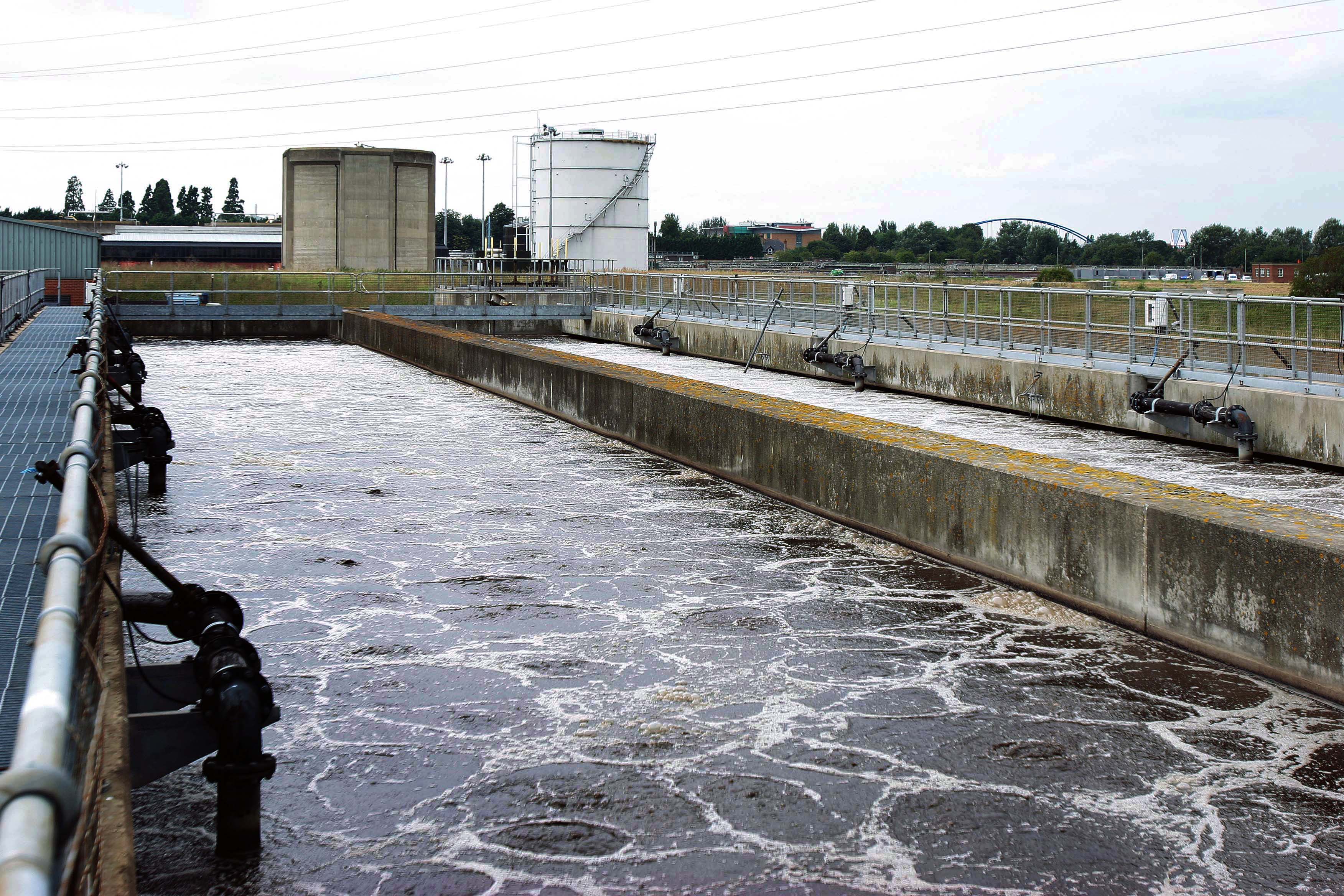Strategy planning for wastewater

Last summer I wrote a blog about water and sewerage companies publishing their Draft Drainage and Wastewater Plans (DWMP), and now after another 12 months of consultations, reflections and updates water companies have published their first ever final DWMPs. But what does this mean? And how does it affect you?
Those of you in the water industry have most likely heard of the Water Resources Management Plan (WRMP). Having been published every five years, for the past 30 years, the WRMP is a statutory plan that outlines how we ensure the future populations will still be able to turn on their taps and receive safe, clean, water. For water only companies this plan drives their strategy as a business, and for water and sewerage companies it’s a massively important piece of work for businesses considering providing water is at least 50% of their job!
However for many years the other 50%, the sewerage element of a water and sewerage company, has gone along with a more short term view. Reacting to issues, planning for the next five years at each business plan, or planning for a slightly longer term but with inconsistency in approach across the industry. With the impact of growth, climate change and an increased public awareness on the sewerage activities, it makes sense for wastewater to up its game in the planning arena.
The DWMP framework, published in 2018 after being co-created with a range of regulators alongside WaterUK, provided an exciting opportunity for water companies to have a formalised process to create an initial plan. With the agreement to revisit and publish a new plan every 5 years, now a statutory requirement from the next publication in 2028.
One key ethos of the DWMP is collaboration – working with other stakeholders to capture multiple risks and identifying opportunities for partnership working – to do gain wider benefits in achieving more for less. Ensuring that future customers services are planned for, whilst protecting the environment, and doing this in the most streamlined best value way possible. It provides the strategy up to 2050, identifying stepping stones of risks and solutions along the way. This then feeds into the more detailed, and business wide, five yearly business plans which are submitted to and approved by Ofwat.
So how does this affect you? All those houses being built around you? They know about it. All the things you are reading about storm overflows polluting the rivers? They’re acting on it. Increased intensity of rainfall from climate change? They’ve got it covered. There’s a plan, it’s out there, and if you fancy reading it you can find it on your providers website. But if not, be safe in the knowledge that your sewerage provider has a plan and will continue to review it to make sure It protects you and the environment.
Victoria Lemmon, WUN Advocate & DWMP and Water Recycling Growth Manager, Anglian Water
For those of you interested in waste or want to find out more – We hope that you can join us for this in person network event on Thursday 13th July, 6:00-8:30 pm, Reading – The affluent and the effluent: How does the water industry respond to rebuild customer trust?
We are delighted to be co-hosting this event with the Institute of Water.
Following on from the House of Lords report on the issues around storm overflows and water pollution, the Water industry needs to come together to re-build customer trust – as they look to build a water infrastructure for the future.
Join our panel of senior water industry leaders to discuss the steps needed to move the industry forward.
Panelists: Sarah McMath, WUN Board member and CEO MOSL
Karma Loveday, Editor of the Water Report